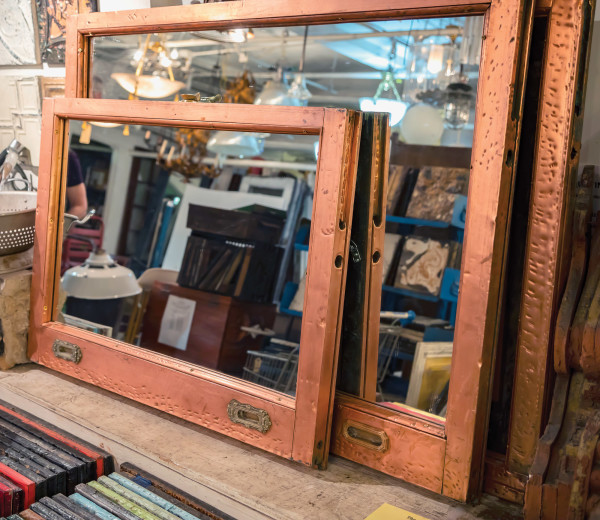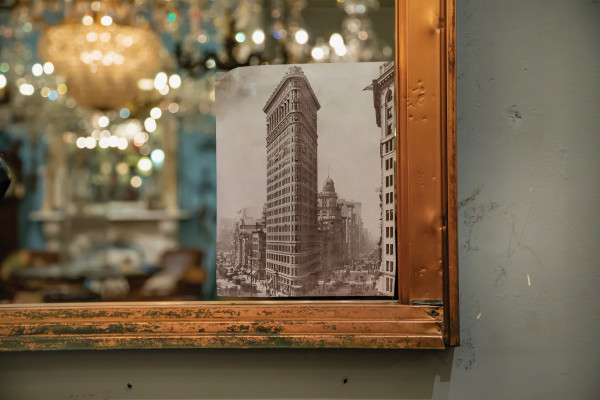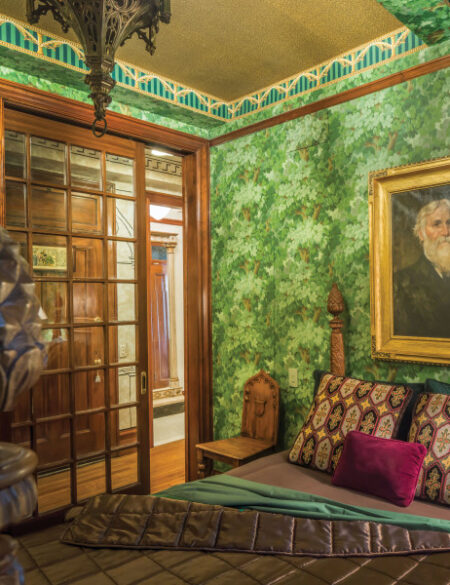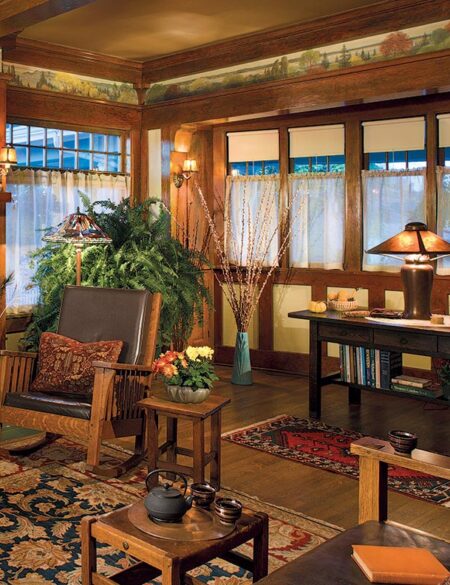This content was originally published on OldHouseOnline.com and has been republished here as part of a merger between our two businesses. All copy is presented here as it originally appeared there.
New York City’s iconic Flatiron Building is undergoing major renovation and upgrades, following the departure of long-time tenant Macmillan Publishers. Olde Good Things had salvage rights to the famously drafty copper-clad windows that remained. The company sells these as-is, or cleaned, prepped, and even silvered for use as mirrors.

1. Setup
Turning a vintage window frame into a mirror is usually a DIY project. Decide which side of the window you want to see with the mirror; usually that’s the inside of the sash, as it may be fancier, in better shape, and even retain old hardware.
Use a sturdy worktable and be sure to wear gloves and safety glasses to prevent injury while working with fragile glass.

2. Rehabilitate the Frame
Remove the glazing putty so that you can take out the glass. Work slowly and carefully with a chisel and scrapers; you can try heating the putty with a hairdryer or heat gun (but shield the glass to prevent cracking). Use needle-nose pliers to pull out the tiny metal glazing points. Keep glass if necessary as a template.
Clean a wood window with paint remover or a wire brush, using a Dremel tool if needed. Finish with a light sanding and seal the wood with Benite wood sealer, or use semi-gloss finish paint. Some people recommend painting the inside perimeter of the “frame“ matte black, to avoid reflections in the mirror.
3. Add the Mirror
Draw a pattern of the frame (the old sash) on /“ plywood, and have a mirror cut to fit. If you plan to use the piece in a damp area, spray the back of the mirror with shellac to avoid spotting. Rest mirror in frame, then caulk the back sparingly with mirror silicone and let dry. Screw or nail in a backer board made of “ plywood, to prevent glare or transparency in the mirror. Use screw-eyes and wire on the back for hanging; if it’s large or heavy, attach it into wall studs, or use cleats.










